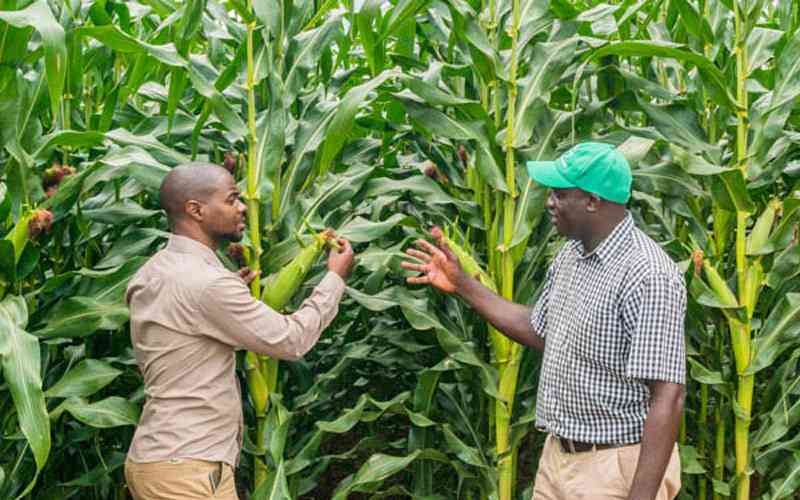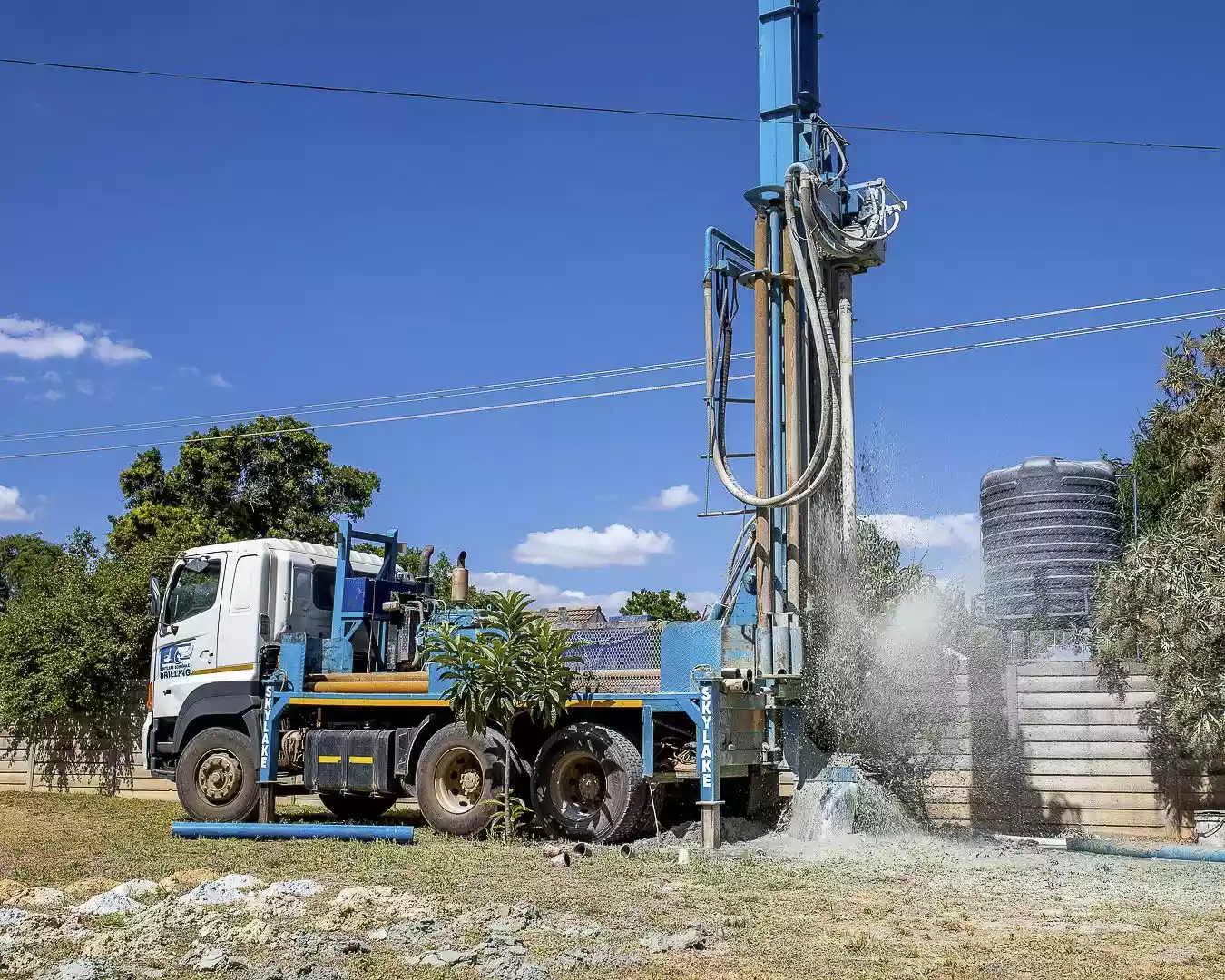
FROM 1980 when we achieved Independence to 1997, the agricultural sector in Zimbabwe not only recovered from several years of war and United Nations economic sanctions, but grew steadily and was the largest single contributor to the economy. After 1997, the area under commercial farm occupation declined from 16 million hectares to 12 million hectares following the “willing-seller, willing-buyer” policies. In 1998, a conference on land reform was held with the farmers putting forward a proposal which would have accelerated this process.
These recommendations were ignored and in 2000, the government began to implement its own land reform programme which was to displace 4 800 white and black commercial farmers who had purchased their farms after Independence.
The consequences were catastrophic — farm production over the entire country (not just the commercial farm sector) declined by over 70%. The only sector to recover over the next 17 years was tobacco where the global industry realised that they needed our quality tobacco and set up the necessary systems to grow tobacco on the resettled farms.
The system followed by the international tobacco industry was quite simple, they brought in the funds to grow the crop, employed white former commercial farmers as extension agents who supervised the new farmers. Once the crop had been grown and cured, they either bought the crop directly or through the much diminished and famous auction floors.
After the change of government in 2017, the new government faced the problem of trying to get the industry back on its feet. The then Minister of Agriculture the now late Perrance Shiri conceived the idea of “Command Agriculture”. Under this programme, the State issued guarantees to the banks and allowed the new farmers to borrow for their farm operations. This effort saw a sharp increase in farm production and by 2021, the country had reduced the level of imports from over 70% in 2017 to a much lower level.
To support this effort, farm prices were increased to above import parity under cost plus policies. While this led to a sharp recovery in output, it was unsustainable.
The new farmers simply ignored their obligations to the banks, stop orders were circumvented and eventually the whole programme had to be halted, leaving many millions of dollars of debt, all of it covered by State guarantees.
This left the productive base of the industry significantly restored, over 100 000 hectares of land was back under irrigation and out of the 18 000 A2 settlers on former commercial farms, perhaps 2 000 had started to look like real farmers. Summer maize production in 2020/21 almost reached demand, tobacco output reached full demand and in the winter season we produced almost enough wheat to feed the country.
- Sakunda speaks on TBs debacle
- Sakunda speaks on TBs debacle
- Feature: Command Agriculture: Benefit or burden?
- World Bank calls for caution in agric financing
Keep Reading
But problems immediately appeared — half of all small-scale tobacco farmers were deregistered for side marketing, major farm contracting companies in the tobacco industry went back to the large-scale farmers who were emerging and in the past season, 60% or more of the tobacco crop was grown by a small number of large-scale producers.
The banks halted lending to farmers without collateral and as a direct consequence the wheat crop this winter was cut by half. Despite high prices, maize production is well below demand, oilseed output only a small proportion of our needs, cotton down to half last year and we will have to resume imports on a large scale to meet national needs.
What is even worse, there are few signs of land preparation and seed sales for the coming season are well below normal. Less than half the land used to grow the winter wheat crop will be planted to a new crop. Why? The farmers simply cannot finance the next crop with the sole exception of tobacco. Even in the tobacco sector, the system is highly exploitative.
So where do we go from here? In the days when agriculture was properly organised, farmers approached their bank with a budget and cash flow projection for the next season, this often included living expenses, even school fees for children. All banks had specialist agricultural lending departments staffed with people who knew the industry and their farmers.
These discussions would take place about March each year. Once facilities were agreed, the farmer would sign an overdraft facility, a crop stop order on his eventual crop deliveries and would then go back to the farm to start preparation.
Orders were placed with fertilizer, seed and chemical companies. All farm equipment was serviced and as soon as the wet season was over, the land required for the next crop would be prepared for planting. In June/July all preparations would be complete, tobacco seed beds planted and deliveries of inputs would start to arrive.
In September/November, crops would be planted out and irrigation commenced if available or dryland plantings completed either with water or simply ahead of the expected rains.
During this time the bank manager would pay a monthly visit to the farm to check progress. Costs would be met from the growing overdraft at the bank which would at the same time be serviced by proceeds from sales.
Once the crops were on the ground, the seasonal tasks were carried out — weed clearance, pest control and supplementary fertiliser dressing. Once the crop was reaped, it was delivered to the points of sale and the proceeds cleared almost immediately with deductions to meet the bank overdraft. By this time negotiations would be underway for the financing of the next season.
The cash cycle of this industry is, therefore, about 18 months. To finance this process, you need about half the total value of subsequent sales. Today this would be about US$1,5 billion. To guide farmers as to what to grow, the market agencies would provide pre-planting prices based on the market outlook and negotiated by the farm associations and then the market agencies would pay for deliveries in 48 hours.
Where the farmers controlled the market agencies they often received a supplementary payment after the season had ended and the crops had been sold. Tobacco was funded like this and the crop sold at auction.
All of this has collapsed. The banks were wiped out by hyper inflation in the period up to 2008, and again in 2019/20. They no longer have the required farm expertise and farmers no longer have the collateral in the form of their farms to support borrowings. It should be noted that in the past up to 20% of all farms changed hands every year because the banks repossessed the property to meet overdue borrowings.
What to do now?
We need to rebuild agriculture from the ground upwards. First, farmers have to have bankable security of tenure. Secondly, we have to re-capacitate our banks to handle farm financing on this scale. Then we have to make sure farmers know how to farm and how to manage their farm finances. We have to fix the input industry — seed, fertiliser, chemicals, hardware.
Farmers need to be able to lease farm equipment. Then our farmers have to understand that farming is a tough business, you have to plant on time and manage the whole process.
Finally, the whole marketing of farm produce from tobacco to beef needs to be restructured and organised and farmers paid on time and in full. I do not think the system can work without a powerful farmers union representing all farmers and being well financed, with professional management.
In my humble view, nothing else will work and in the meantime only the traders thrive.
- Eddie Cross is an economist and former Bulawayo South legislator. He writes here in his personal capacity.










